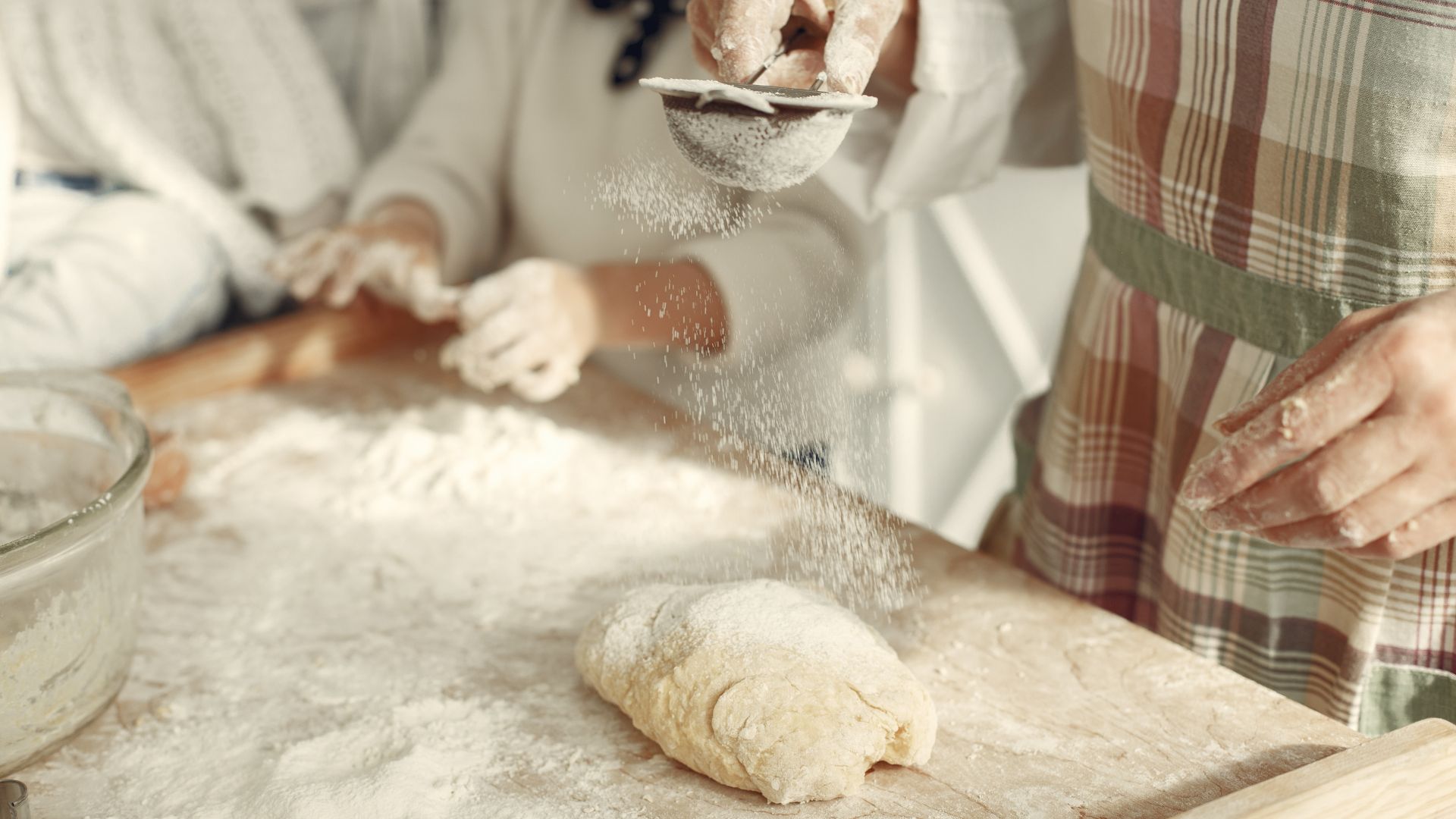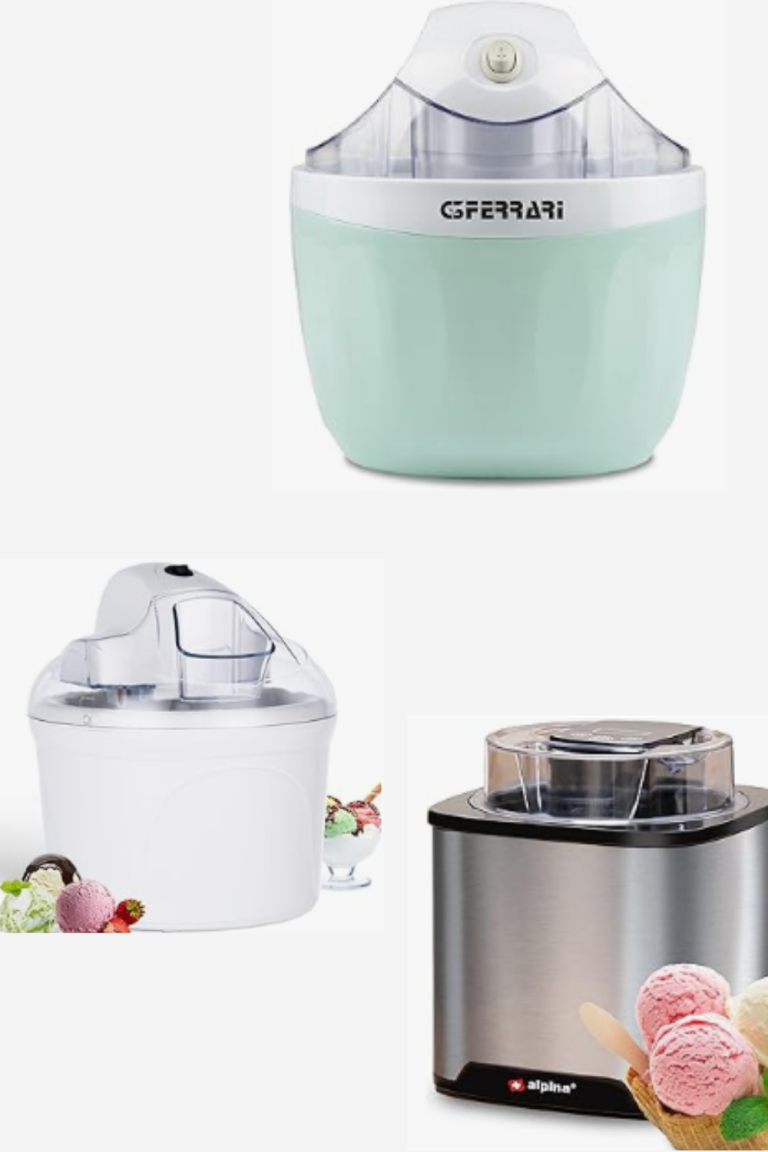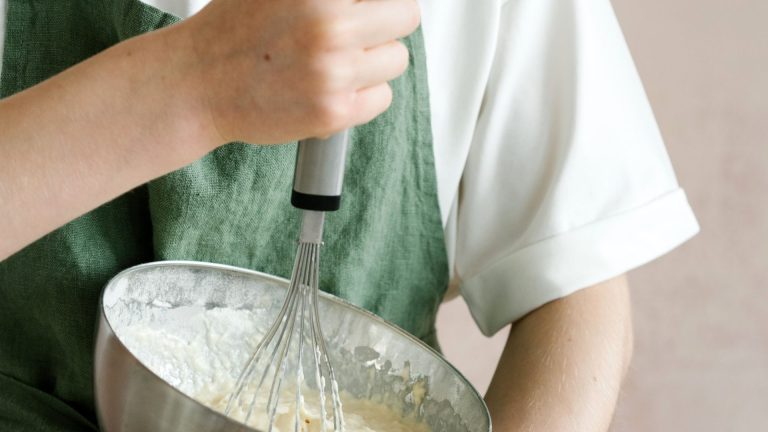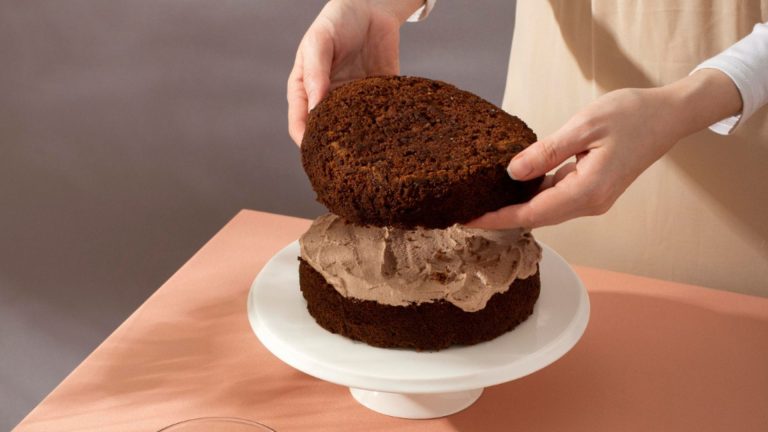FRM: Fermenting Role in Cake Making Explained
In this topic, I’m going to talk about fermenting, especially how it plays a role in cake making. From my own personal experience, I’ve found that understanding fermenting can elevate your baking game in unexpected ways. Whether you’re a seasoned baker or just starting out, you’ll find that fermenting can add unique flavors and textures to your cakes. So, let’s dive into what fermenting is and how it impacts cake making.
Table of Contents
ToggleWhat is FRM-Fermenting?
Fermenting is a process where microorganisms like yeast or bacteria break down sugars into simpler substances. This natural process has been used for centuries in food preparation and preservation. In the world of baking, fermenting is most commonly associated with yeast, which plays a crucial role in leavening bread and cakes. = >> Check out the perfect Cake Fermenting tools and ingredients for your needs here.

How Fermenting Impacts Cake Making
Flavor Development
Fermenting doesn’t just help cakes rise; it also contributes to their flavor. When yeast ferments, it produces various compounds that enhance the cake’s taste. These include alcohols and acids that add subtle complexities to the flavor profile. For instance, cakes made with fermented ingredients like sourdough starter often have a unique tanginess that you won’t find in cakes made with just baking powder.
Texture Enhancement
The fermentation process can also affect the texture of your cake. The gases produced by yeast during fermentation create air pockets in the batter, leading to a lighter and fluffier texture. This is why cakes made with yeast can often have a more delicate crumb compared to those made with chemical leaveners.
Nutritional Benefits
Fermenting can also enhance the nutritional profile of your cake. Fermented ingredients can be easier to digest and may increase the availability of certain nutrients. For instance, the fermentation process can break down gluten to some extent, making cakes made with fermented dough potentially easier on the stomach for those with gluten sensitivities.
Types of Fermentation in Cake Making
Yeast Fermentation
The most common form of fermentation in cake making involves yeast. Yeast is a living organism that feeds on sugars, producing carbon dioxide gas and alcohol. This gas helps the cake rise, creating a lighter texture. You’ll often find yeast in recipes for cakes like babka or stollen.
Sourdough Fermentation
Sourdough is another interesting option. It uses a natural starter culture, which is a mix of wild yeast and bacteria. This starter not only helps with leavening but also imparts a distinct tangy flavor to the cake. Sourdough cakes can be a bit denser but are full of rich, complex flavors. = >> Go here Check out the perfect Cake Fermenting tools and ingredients for your needs.
Tips for Using Fermented Ingredients in Cakes
Experiment with Starters: Try incorporating different starters like sourdough or even kefir. Each will bring its own unique flavor and texture to your cakes.
Adjust Recipes: When using fermented ingredients, you might need to adjust other ingredients in your recipe to account for the extra moisture or acidity.
Be Patient: Fermentation takes time. Allow your batter to rest and rise properly before baking to achieve the best results. = >> Check out the perfect Cake Fermenting tools and ingredients for your needs here.
So.
Understanding fermenting can open up a whole new world of flavors and textures in your cakes. Whether you’re experimenting with yeast or trying out sourdough, the process of fermenting can add depth and character to your baked goods. So, give it a try in your next cake recipe and enjoy the delightful differences it can bring.
Fermentation vs. Chemical Leavening: Understanding the Differences
When it comes to baking, achieving the perfect texture and rise in your cakes often comes down to the choice of leavening agents. Two of the most common methods are fermentation and chemical leavening. Each method has its own unique effects on the texture, flavor, and overall quality of your baked goods. Let’s explore these two approaches and see how they compare.
What is Fermentation?
Fermentation is a natural process where microorganisms like yeast or bacteria convert sugars into gases such as carbon dioxide and alcohol. In baking, yeast is the most common fermenting agent. Here’s how it works:
Process: Yeast consumes sugars in the dough or batter, producing carbon dioxide and alcohol. The carbon dioxide gas forms bubbles, causing the dough or batter to rise.
Time: Fermentation takes time. The process requires patience as the dough or batter needs to rest and rise before baking.
Flavor and Texture: Fermentation adds complex flavors and can create a denser, chewier texture. It also enhances the nutritional profile of the baked goods.
What is Chemical Leavening?
Chemical leavening involves using chemical compounds to create carbon dioxide gas, which makes the batter or dough rise. The two most common chemical leaveners are baking powder and baking soda:
Baking Powder: Contains a combination of an acid (usually cream of tartar) and a base (usually baking soda). When moistened and heated, baking powder reacts to produce carbon dioxide.
Baking Soda: A pure base that requires an acidic ingredient (like vinegar, lemon juice, or buttermilk) in the recipe to react and create carbon dioxide.
Process: The reaction between the acid and base in chemical leaveners happens quickly, usually within minutes after mixing and baking.
Flavor and Texture: Chemical leaveners tend to produce a lighter, fluffier texture. They do not add much in the way of flavor, making them ideal for cakes where a more neutral taste is desired. = >> Check out Cake Fermenting tools and ingredients for your needs here.
Comparing Fermentation and Chemical Leavening
Time and Preparation
Fermentation: Requires a longer preparation time. The dough or batter needs time to rise, which can be a drawback if you’re looking for quick results.
Chemical Leavening: Works quickly, allowing for faster preparation and baking times. This is great for recipes that need a quick turnaround.
Flavor Development
Fermentation: Adds complex, nuanced flavors due to the byproducts of yeast fermentation. This can result in richer-tasting baked goods.
Chemical Leavening: Does not contribute to the flavor significantly. The taste of the baked goods is more dependent on other ingredients in the recipe.
Texture and Structure
Fermentation: Typically results in a denser, chewier texture. The texture can vary depending on the type of fermentation used.
Chemical Leavening: Creates a lighter, airier texture. Ideal for cakes that require a soft and fluffy crumb.
Nutritional Benefits
Fermentation: Can enhance the nutritional profile by breaking down gluten and improving digestibility. Fermented baked goods may offer additional nutrients and probiotics.
Chemical Leavening: Does not impact the nutritional content significantly. It’s mainly used for its leavening properties.
How to Choose the Right Method
The choice between fermentation and chemical leavening largely depends on the type of cake you’re making and the results you’re aiming for.
For rich, complex flavors and a denser texture, fermentation is the way to go. Think of sourdough cakes or breads that benefit from the deep, tangy flavors of fermentation.
For light, fluffy cakes with quick preparation times, chemical leaveners are more appropriate. Classic sponge cakes and cupcakes often rely on baking powder or soda for their airy texture. = >> Check out the perfect Cake Fermenting tools and ingredients for your needs here.
Drilling Deeper: Comparing Fermentation and Chemical Leavening
Let’s explore these in more detail to fully understand how each method affects your cakes.
Chemical Reactions and Byproducts
Fermentation:
Microbial Activity: Fermentation involves live microorganisms (yeast or bacteria) that not only produce carbon dioxide but also generate other byproducts like alcohols, acids, and esters. These compounds contribute to the overall flavor complexity of the baked goods.
Acidity and Flavor: The acids produced during fermentation, such as lactic acid from sourdough, can add a tangy flavor and affect the texture. This acidity can also interact with other ingredients, enhancing the depth of flavor in your cake.
Chemical Leavening
Reaction Simplicity: Chemical leaveners react quickly when mixed with wet ingredients and heat. The primary reaction is between the acid and base in baking powder or between baking soda and an acidic ingredient. This produces carbon dioxide rapidly without complex byproducts.
Neutral Flavor: Since chemical leavening does not produce significant byproducts other than carbon dioxide, it does not alter the flavor of the batter much. The primary focus is on achieving a light texture without adding additional flavors.
Impact on Dough or Batter Consistency
Fermentation:
Elasticity and Hydration: During fermentation, the dough often develops a more elastic texture due to the formation of gluten networks. The hydration levels can also be affected as yeast helps to retain moisture within the dough.
Rise and Structure: The rise from fermentation is gradual and often results in a more uneven crumb structure. The bubbles produced by yeast are larger and more irregular, contributing to a unique texture.
Chemical Leavening:
Consistency and Uniformity: Chemical leaveners tend to produce a consistent and uniform rise, leading to a smoother and more predictable texture. The batter or dough remains relatively stable, with smaller, more uniform air pockets.
Quick Rise: The rapid production of carbon dioxide ensures a quick rise in the oven, which is ideal for achieving a light and airy crumb in cakes that need to be prepared quickly.
Baking Time and Process
Fermentation:
Pre-Baking Time: Fermentation requires significant pre-baking time. The dough or batter needs to be allowed to rise slowly, which can be anywhere from a few hours to overnight, depending on the recipe and ambient conditions.
Temperature Sensitivity: The fermentation process is sensitive to temperature. Cooler temperatures slow down yeast activity, while warmer temperatures speed it up. This can impact the timing and outcome of your baking process. = >> Check out the perfect Cake Fermenting tools and ingredients for your needs here.
Chemical Leavening:
Instant Reaction: Chemical leaveners act almost immediately once mixed with wet ingredients, requiring a quicker transition to the oven to prevent the gas from escaping. This allows for more efficient and predictable baking.
Consistent Results: Because the reaction is controlled by precise chemical formulas, chemical leavening tends to produce consistent results in terms of rise and texture, making it easier to replicate successful outcomes.
Handling and Storage
Fermentation:
Handling Requirements: Fermented dough or batter often requires careful handling to maintain its structure and prevent deflating. Over-kneading or excessive handling can disrupt the fermentation process.
Storage Needs: Fermented dough may need to be stored properly to avoid over-fermentation or spoilage. Refrigeration can slow down the process but might affect the final texture.
Chemical Leavening:
Handling Simplicity: Batters or doughs with chemical leaveners are generally easier to handle and shape. The consistency remains more stable, and there is less risk of losing leavening power during handling.
Storage Flexibility: Chemical leavening agents are less sensitive to storage conditions. However, it’s important to keep them dry and well-sealed to prevent moisture from affecting their effectiveness.
Practical Applications and Tips
When to Use Fermentation: Opt for fermentation when you’re aiming for complex flavors and a chewy, artisan-like texture. Sourdough cakes, for instance, benefit from the nuanced flavors developed during the slow fermentation process.
When to Use Chemical Leavening: Choose chemical leavening for recipes that require a quick rise and a light, fluffy texture. Classic cakes like sponge cakes and muffins are best made with baking powder or baking soda. = >> Check out the perfect Cake Fermenting tools and ingredients for your needs here.
Comparison Table: Fermentation vs. Chemical Leavening
| Aspect | Fermentation | Chemical Leavening |
|---|---|---|
| Primary Agents | Yeast or bacteria | Baking powder, baking soda |
| Process | Microbial conversion of sugars into gases | Chemical reaction between acid and base |
| Time Required | Longer (hours to overnight) | Shorter (minutes) |
| Flavor Impact | Adds complex, nuanced flavors | Minimal impact on flavor |
| Texture | Denser, chewier with irregular crumb | Lighter, airier with uniform crumb |
| Nutritional Benefits | Can enhance digestibility and nutritional profile | Minimal nutritional impact |
| Handling | Requires careful handling to avoid deflation | More stable and easier to handle |
| Storage | Sensitive to temperature and handling | Less sensitive to storage conditions |
| Reaction Byproducts | Alcohols, acids, esters | Carbon dioxide only |
| Rise Consistency | Variable, dependent on fermentation conditions | Consistent and predictable |
| Typical Uses | Artisan breads, sourdough cakes, dense baked goods | Light cakes, muffins, cookies |
Key Notes and Considerations
Fermentation
Flavor Development: Fermentation adds depth and complexity to baked goods. The production of acids and alcohols during fermentation enriches the flavor profile, making it ideal for artisanal and specialty cakes.
Texture: The texture is often denser and chewier due to the larger, irregular bubbles created by the yeast. This is desirable in many traditional and rustic recipes.
Time: Requires patience, as the process is slow. Fermented dough or batter needs adequate time to rise, which can be a factor in scheduling and preparation.
Nutritional Impact: Fermented products can be easier to digest and may offer additional nutrients or probiotics. This can be beneficial for those with digestive sensitivities.
Handling and Storage: Fermented dough is more delicate and may require precise handling to avoid deflating. Storage conditions need to be controlled to prevent spoilage or over-fermentation.
Chemical Leavening
Flavor Development: Chemical leaveners do not contribute significantly to the flavor of baked goods. The focus is more on achieving a light texture rather than adding flavor complexity.
Texture: Produces a lighter, fluffier texture with a more consistent crumb. Ideal for recipes that require a quick rise and a soft, airy outcome.
Time: Offers quick results, which is useful for recipes that need to be prepared and baked in a short time frame. The reaction occurs rapidly once mixed and heated.
Nutritional Impact: Generally does not alter the nutritional profile of the baked goods. Its primary function is leavening, with minimal effect on health benefits.
Handling and Storage: Chemical leaveners are more stable and less sensitive to handling and storage conditions. They can be stored for longer periods if kept dry and sealed.
FAQs on Fermentation vs. Chemical Leavening
1. What is the main difference between fermentation and chemical leavening?
Fermentation uses microorganisms like yeast to convert sugars into carbon dioxide and other byproducts, which helps dough or batter rise over a longer period. Chemical leavening, on the other hand, involves chemical reactions between an acid and a base (baking powder or baking soda) that produce carbon dioxide quickly, leading to a faster rise.
2. Can I use fermentation and chemical leavening in the same recipe?
Yes, it’s possible to use both methods in the same recipe, but it’s important to understand how each will affect the final product. Combining fermentation with chemical leavening can sometimes be used to enhance both flavor and texture, but it requires careful balancing to avoid issues like over-rising or undesirable flavors.
3. How does fermentation affect the flavor of baked goods?
Fermentation adds complexity and depth to the flavor of baked goods. The byproducts of fermentation, such as alcohols and acids, can contribute to a richer taste, often resulting in a tangy or slightly sour flavor, especially in products like sourdough bread.
4. Why do cakes made with chemical leavening often have a lighter texture?
Cakes made with chemical leaveners like baking powder or baking soda tend to have a lighter, airier texture because the carbon dioxide produced during the chemical reaction creates smaller, more uniform air pockets. This results in a fluffy crumb compared to the denser texture often found in cakes made with fermentation.
5. How should I store baked goods that use fermentation?
Baked goods made with fermentation should be stored in a cool, dry place. If you’re not eating them immediately, they can be kept in an airtight container to prevent them from drying out or becoming stale. Fermented dough should be handled carefully to avoid deflation and spoilage.
6. Can I speed up the fermentation process?
While you can’t drastically speed up fermentation, you can influence the process by adjusting the temperature. Warmer temperatures can accelerate yeast activity, while cooler temperatures will slow it down. However, keep in mind that too high a temperature can also negatively affect the yeast.
7. How do I know if my chemical leaveners are still active?
To check the activity of baking powder, mix it with hot water. It should bubble vigorously if it’s still active. For baking soda, combine it with an acidic ingredient like vinegar or lemon juice. If it fizzes, it’s still good. Expired leaveners can lead to flat or dense baked goods.
8. Are there any nutritional benefits to using fermentation in baking?
Fermentation can improve the digestibility of baked goods and may enhance the nutritional profile by breaking down gluten and increasing the availability of certain nutrients. Fermented products can also offer probiotics, which are beneficial for gut health.
Final Words
Understanding the differences between fermentation and chemical leavening can significantly impact your baking results. Each method brings unique qualities to your cakes and other baked goods. Fermentation offers rich flavors and a distinctive texture, making it perfect for artisan-style products. Chemical leavening provides quick, reliable results for lighter, fluffier cakes.
By knowing how each leavening method works and the benefits it offers, you can choose the best approach for your baking needs and experiment to find the perfect balance for your recipes. Whether you’re aiming for the complex flavors of a sourdough cake or the light, airy texture of a classic sponge, mastering these techniques will elevate your baking skills and broaden your culinary horizons.

Hi!
I’m Mike, the creator of Forum Foodies. In my own personal experience, understanding ingredients is key to great cooking.
Forum Foodies offers guides on various ingredients, from staples to exotic finds. Join our community, share your experiences, and learn from fellow food lovers.
Have questions or suggestions? Email me at info@forumfoodies.com. Let’s embark on this delicious adventure together.
Happy cooking.
Mike/
Related Posts
- BRU: Bruising Role in Cake Making Explained
When it comes to baking, it’s easy to get caught up in the complexities of…
- TMP: Tempering Role in Cake Making Explained
In this topic, I’m going to talk about tempering, a technique that’s often overlooked but…
- FRY: Frying Role in Cake Making Explained
In this topic, I'm going to talk about a fascinating technique in cake making: frying.…
- PST: Pastry Role in Cake Making Explained
When it comes to baking, pastries are often thought of as their own special category,…
- SCR - Scoring Role in Cake Making Explained
When it comes to cake making, every detail matters, from the ingredients you use to…
- STB - Stabilizing Role in Cake Making Explained
When diving into the world of cake making, you might come across the term "STB…
- SHT: Shortening Role in Cake Making Explained
When it comes to baking, especially cake making, there are countless ingredients that can influence…
- SLF: Slaving Role in Cake Making Explained
In this topic, I’m going to dive into SLF – Slaving, and how it plays…
- MAC: Macerating Role in Cake Making Explained
In this topic, I’m going to talk about macerating and its role in cake making,…
- SCR - Scraping Role in Cake Making Explained
In this topic, I’m going to talk about SCR, or Scraping, in cake making. From…
- STF - Stuffing Its Role in Cake Making Explained
In this topic, I'm going to talk about stuffing, or STF, and its role in…
- PWT - Powdering Role in Cake Making Explained
In this topic, I’ll talk about PWT – Powdering and its essential role in cake…
- WTR: Water Bath Role in Cake Making Explained
In this topic, I'm going to talk about the water bath method, specifically in the…
- CRB: Carbing Role in Cake Making Explained
In this topic, I’m going to talk about CRB - Carbing, a key ingredient in…
- SPR - Sprinkling Role in Cake Making Explained
In this topic, I’m going to talk about SPR - Sprinkling, and how it plays…







